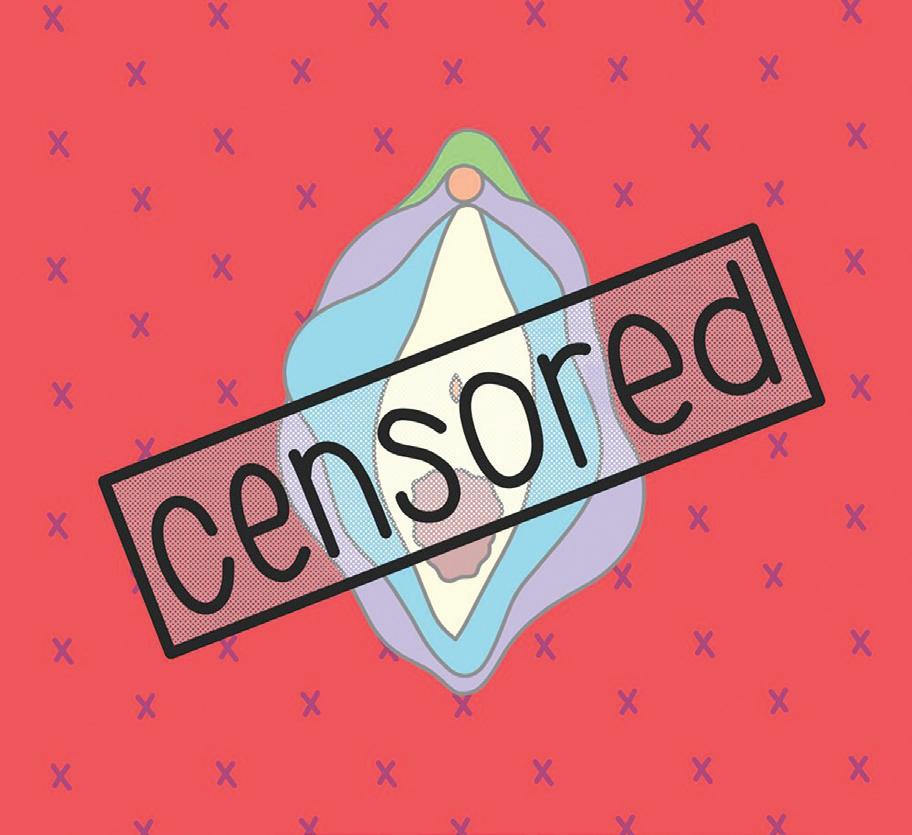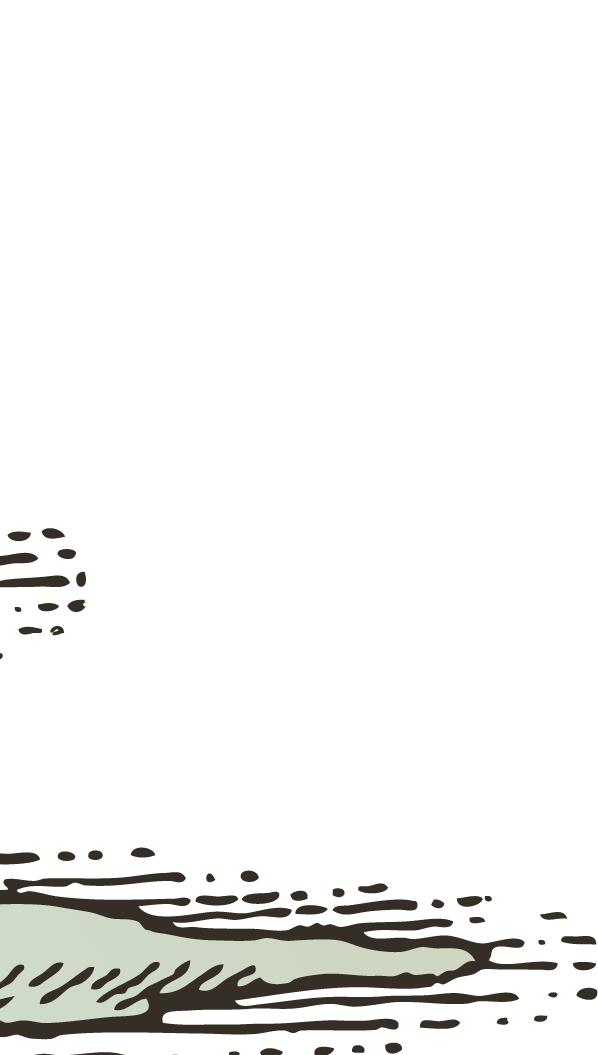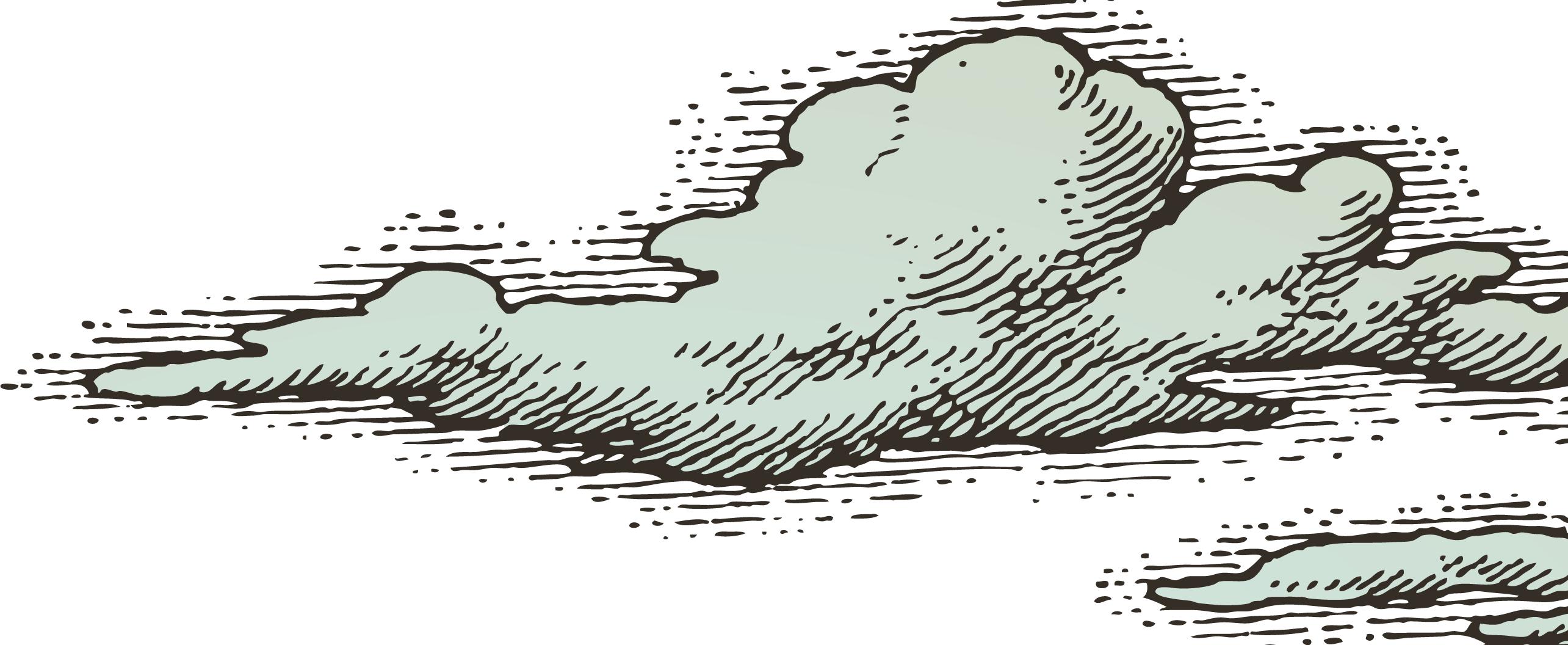
6 minute read
Censored learning
Nia St. Cyr, senior, says, ” I don’t feel as though we are taught a culturally diverse curriculum. Grow ing up, personally going from private school (k-8) then public school, I have mainly learned about a White American History. The only time we are “taught” Black history is slavery then the Civil Rights Movement as if that is the only history black people have. When learning history I do think it is heavily biased because it promoted the idea that America was this all powerful nation that did no wrong. I think all history classes are missing multiple perspectives. When we learn about a war or event in history, I think we should look at it from all perspectives. Ultimately, I think these subjects are not talked about because of how the system is set up. It’s not set up at all to be inclusive or culturally diverse. I think the education system was made with only one demographic in mind.”
Single-sex schools promote gender stereotypes and homophobia - One of the most important battles in our nations war of equality is the fight for LGBTQ+ rights and affirming the civil liberties of LGBTQ+ individuals. However, if we are ever to truly absolve the rampant ignorance, bias and hostility against LGBTQ+ individuals in this country, we have to seize this weed at its roots. And the root of much homophobia, and a hot spot of verbal and physical violence against LGBTQ+ Americans is the school. In order to lower these numbers and give queer students comparable health benefits from their health classes, students need to be educated about Pre-Exposure Prophylaxis (PrEP), dental dams, and STDs that disproportionately affect those who engage in same-sex intercourse.
Advertisement
As it is today, the majority of sex education curriculums include no mention of sexual orientation or gender identity. When these things are brought up, they’re often portrayed in a negative way. This contributes to the frequent bullying and discrimination that queer students face due to the LGBTQ+ exclusive climate cishet-only sex education generates. The Center for American Progress reported that almost one-third of LGBTQ+ students have skipped class because they felt unsafe at school. The negative bias around being LGBTQ+ that is caused by only portraying queerness in a negative light makes queer students miss out on academic opportunities and fall behind in their education.
Censorship in history classes leads to a narrow worldview with holes in the cultural and international education of children.
If children are not taught the truth about the history of African Americans and oppression, those children who are now adults won’t be able to understand the importance of marches and the Black Lives Matter movement, or understand the struggles African Americans go through today.
For schools in Jefferson County, Colorado—the state’s second largest school district—Banned Books Week holds particular relevance. Hundreds of teachers and students are engaged in protests against the new school board’s proposal to form a review committee, tasked with ensuring curricula focus on topics that promote patriotism, respect for authority and free enterprise. More specifically, the committee will identify and weed out materials that “encourage or condone civil disorder, social strife or disregard of the law.” The proposal identifies Advanced Placement U.S. history as one of the first curricula to be reviewed.
One student was quoted saying, “You can’t erase our history. It’s not patriotic.” Some see banning topics that “encourage or condone civil disorder” as akin to relegating iconic figures such as Martin Luther King, Jr. and César Chávez—as well as less well-known crusaders for justice—to the margins of our national memory. Others are asking how any U.S. history class cannot involve nuanced engagement with the Civil Rights Movement, labor movements and other pivotal events in the long march for justice. The message for the Jefferson County School Board is clear: Whitewashing U.S. history and masking important realities will simply not do and cannot be tolerated.
Perhaps more school districts should take note and re-evaluate their curriculum to be more inclusive.
kpbs.org schoolofsex.org

What’s going on in your head
Dreams are defined as a series of images, thoughts, emotions, ideas, and sensations by Na’Syr Jackson
According to Sleep Foundation’s website, “Since Sigmund Freud helped draw attention to the potential importance of dreams in the late 19th century, considerable research has worked to unravel both the neuroscience and psychology of dreams. Despite this advancing scientific knowledge, there is much that remains unknown about both sleep and dreams. Even the most fundamental question — why do we dream at all? — is still subject to significant debate.”
Experts in the field have many theories about the why, including dreams being necessary for humans to review and analyze specific events and process emotions, or building up memory and clearing away unnecessary information in our heads. Incidentally, dreams could be nothing more than a random event that occurs during our sleep and serves no greater purpose.
Additionally, we only dream anywhere between just a few seconds versus minutes at a time, but this happens multiple times a night being anywhere between four to six dreams, on average, at a time. Most dreams are also quickly forgotten upon waking up, with any meaningful recollection usually happening after waking up during the REM phase, the time when most dreams happen and the deepest stage of sleep.
Senior Katie Hasenecz said, “I don’t normally dream, but for the past few months I’ve been having a lot of really vivid dreams. Almost every night I’ve been having super weird dreams that feel unusually real.”
Other types of dreams include lucid dreaming, a specific instance of dreaming where the dreamer is aware of their ‘awareness’ and that they are in a dream. Like regular dreams, lucid dreams also occur more often than not during the REM cycle, however more interestingly, aside from being aware of the dream state lucid dreams usually allow the dreamer some form of control over the dream itself.



The Healthline website lists several techniques capable of inducing lucid dreams. This includes the reality testing technique, which requires the participant to differentiate between reality and dreams through a series of tests throughout the day in hopes that with enough repetition it will become a habit and allow for awareness within a dream. The wake to bed technique requires the participant to wake up in the middle of the night and then go back to sleep after a certain period of time. Another is the Mnemonic induction of lucid dreams technique, which involves training oneself to differentiate reality and dreams during sleep, and creating a mantra such as, “when I fall asleep, I’ll remember I’m dreaming” in
order to prompt a lucid dream.
Nightmares, similarly, are another type of unique dream that are normally frequent as children and peter off as one ages. Nightmares are specifically vivid dreams that often occur during the REM cycle and are unsettling and bizarre in content and are known to specifically wake the dreamer, usually with the chilling recollection of the dream and an anxious queasy feeling. Similarly, there is no one consensus on why we have nightmares, though some believe that it is a part of the emotional processing function behind dreams. Sometimes, however, nightmares don’t go away as one ages or become just plain frequent, according to Mayo Clinic’s websites. They state, “Nightmare disorder is when nightmares happen often, cause distress, disrupt sleep, cause problems with daytime functioning or create fear of going to sleep.”
As a whole dreams, and their variants, though researched and looked into, remain largely unknown.






